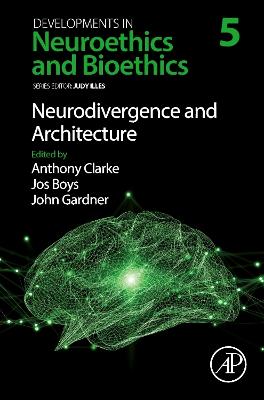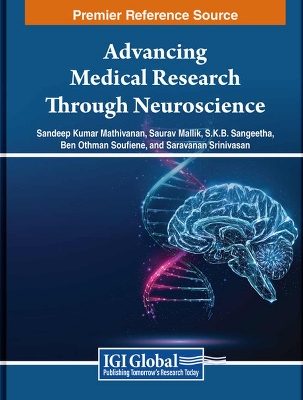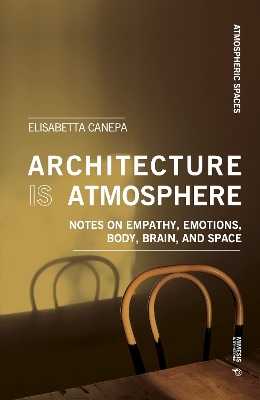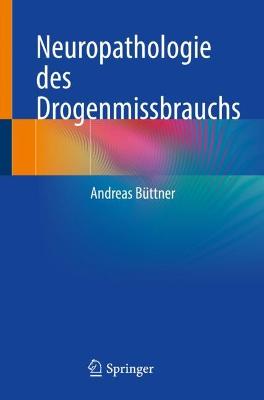Neurodivergence and Architecture
 portes grátis
portes grátis
Neurodivergence and Architecture
Boys, Jos; Clarke, Anthony; Illes, Judy; Gardner, John
Elsevier Science Publishing Co Inc
09/2022
414
Dura
Inglês
9780128245620
15 a 20 dias
770
Descrição não disponível.
Section 1 Frameworks 1. The neuroethics of architecture Judy Illes and Camille Y. Huang 2. Science and Technology Studies (STS) and the neuroethics of architecture John Gardner 3. Disability studies, neurodivergence and architecture Jos Boys 4. Autoethnographic reflections on architectural design for neurodivergence Anthony Clarke
Section 2 Advocacy 5. Cultural commentary: Being autistic together Jim Sinclair 6. Self-made design notes for an autistic's office Marie K. Harder 7. Equalities design: Toward post-normative equity Natasha M. Trotman 8. Dialogic Drawing Yeoryia Manolopoulou
Section 3 Practices 10. Not all surfaces catch the light at the same time Sonia Boue 11. Admission: The mycelia of neuroqueer touch in architectures of madness J.T. Eisenhauer Richardson 12. Creating autistic space in ability-inclusive sensory theatre Molly Mattaini 13. The virtual dementia experience Tanya Petrovich 14. Designing with neurodiverse children and adults: learning a different lesson with every engagement Sarah Wigglesworth and Clare Bond 15. Relax and resist: Reflections on the Touretteshero Relaxed Venue methodology William Renel and Jessica Thom 16. Chronic pain and chronic illness: A crash course in cloudspotting Raquel Meseguer Zafe
Section 2 Advocacy 5. Cultural commentary: Being autistic together Jim Sinclair 6. Self-made design notes for an autistic's office Marie K. Harder 7. Equalities design: Toward post-normative equity Natasha M. Trotman 8. Dialogic Drawing Yeoryia Manolopoulou
Section 3 Practices 10. Not all surfaces catch the light at the same time Sonia Boue 11. Admission: The mycelia of neuroqueer touch in architectures of madness J.T. Eisenhauer Richardson 12. Creating autistic space in ability-inclusive sensory theatre Molly Mattaini 13. The virtual dementia experience Tanya Petrovich 14. Designing with neurodiverse children and adults: learning a different lesson with every engagement Sarah Wigglesworth and Clare Bond 15. Relax and resist: Reflections on the Touretteshero Relaxed Venue methodology William Renel and Jessica Thom 16. Chronic pain and chronic illness: A crash course in cloudspotting Raquel Meseguer Zafe
Este título pertence ao(s) assunto(s) indicados(s). Para ver outros títulos clique no assunto desejado.
Access; Addiction; Aged-care; Architecture; Art; Assemblage theory; Autism; Autism network international; Autism Spectrum disorder; Autistic-led; Autoethnography; Auto-ethnography; Autreat; Battersea arts Centre; Brain; Brain health; Built environment; Care; Chronic fatigue; Chronic pain; Cities; Classroom; Cognition; Collaboration; Community, autistic togetherness; Crip spaces; Dementia; Dementia Australia; Dementia-friendly environments; Design; Design for neurodiversity; Dialogic drawing; Diffraction; Disability arts; Disability studies; Diversity; Ecological systems theory; Enabling environments; Engagement; Equality; Ethics; Exhibitions; Experiential learning; Home; Human mind; Immersive design: Soft transitions; Inclusion; Inclusive design; Institutions; Intersectionality; Intimacy; KeywordRest; Madness; Materials; Meaningful work; Mikhail Bakhtin; Multiply-marginalized; Navigating the built environment; Neuroarchitecture; Neurodivergence; Neurodiversity; Neuro-essentialism; Neuroethics; Neuroqueer; Neuroscience; Neurotypical; Office; Personal experience; Post-humanism; Project space architecture; Psychiatry; Public spaces; Relaxed; Research; Rights-based approach; Self-advocacy; Self-determination; Sensory friendly; Sensory objects; Shared autistic spaces; Sociology; Spatial perception; Substance abuse; Therapeutic Design; Touch; Touretteshero; Unitary validity; Virtual experience; Wellness; Workplace
Section 1 Frameworks 1. The neuroethics of architecture Judy Illes and Camille Y. Huang 2. Science and Technology Studies (STS) and the neuroethics of architecture John Gardner 3. Disability studies, neurodivergence and architecture Jos Boys 4. Autoethnographic reflections on architectural design for neurodivergence Anthony Clarke
Section 2 Advocacy 5. Cultural commentary: Being autistic together Jim Sinclair 6. Self-made design notes for an autistic's office Marie K. Harder 7. Equalities design: Toward post-normative equity Natasha M. Trotman 8. Dialogic Drawing Yeoryia Manolopoulou
Section 3 Practices 10. Not all surfaces catch the light at the same time Sonia Boue 11. Admission: The mycelia of neuroqueer touch in architectures of madness J.T. Eisenhauer Richardson 12. Creating autistic space in ability-inclusive sensory theatre Molly Mattaini 13. The virtual dementia experience Tanya Petrovich 14. Designing with neurodiverse children and adults: learning a different lesson with every engagement Sarah Wigglesworth and Clare Bond 15. Relax and resist: Reflections on the Touretteshero Relaxed Venue methodology William Renel and Jessica Thom 16. Chronic pain and chronic illness: A crash course in cloudspotting Raquel Meseguer Zafe
Section 2 Advocacy 5. Cultural commentary: Being autistic together Jim Sinclair 6. Self-made design notes for an autistic's office Marie K. Harder 7. Equalities design: Toward post-normative equity Natasha M. Trotman 8. Dialogic Drawing Yeoryia Manolopoulou
Section 3 Practices 10. Not all surfaces catch the light at the same time Sonia Boue 11. Admission: The mycelia of neuroqueer touch in architectures of madness J.T. Eisenhauer Richardson 12. Creating autistic space in ability-inclusive sensory theatre Molly Mattaini 13. The virtual dementia experience Tanya Petrovich 14. Designing with neurodiverse children and adults: learning a different lesson with every engagement Sarah Wigglesworth and Clare Bond 15. Relax and resist: Reflections on the Touretteshero Relaxed Venue methodology William Renel and Jessica Thom 16. Chronic pain and chronic illness: A crash course in cloudspotting Raquel Meseguer Zafe
Este título pertence ao(s) assunto(s) indicados(s). Para ver outros títulos clique no assunto desejado.
Access; Addiction; Aged-care; Architecture; Art; Assemblage theory; Autism; Autism network international; Autism Spectrum disorder; Autistic-led; Autoethnography; Auto-ethnography; Autreat; Battersea arts Centre; Brain; Brain health; Built environment; Care; Chronic fatigue; Chronic pain; Cities; Classroom; Cognition; Collaboration; Community, autistic togetherness; Crip spaces; Dementia; Dementia Australia; Dementia-friendly environments; Design; Design for neurodiversity; Dialogic drawing; Diffraction; Disability arts; Disability studies; Diversity; Ecological systems theory; Enabling environments; Engagement; Equality; Ethics; Exhibitions; Experiential learning; Home; Human mind; Immersive design: Soft transitions; Inclusion; Inclusive design; Institutions; Intersectionality; Intimacy; KeywordRest; Madness; Materials; Meaningful work; Mikhail Bakhtin; Multiply-marginalized; Navigating the built environment; Neuroarchitecture; Neurodivergence; Neurodiversity; Neuro-essentialism; Neuroethics; Neuroqueer; Neuroscience; Neurotypical; Office; Personal experience; Post-humanism; Project space architecture; Psychiatry; Public spaces; Relaxed; Research; Rights-based approach; Self-advocacy; Self-determination; Sensory friendly; Sensory objects; Shared autistic spaces; Sociology; Spatial perception; Substance abuse; Therapeutic Design; Touch; Touretteshero; Unitary validity; Virtual experience; Wellness; Workplace







